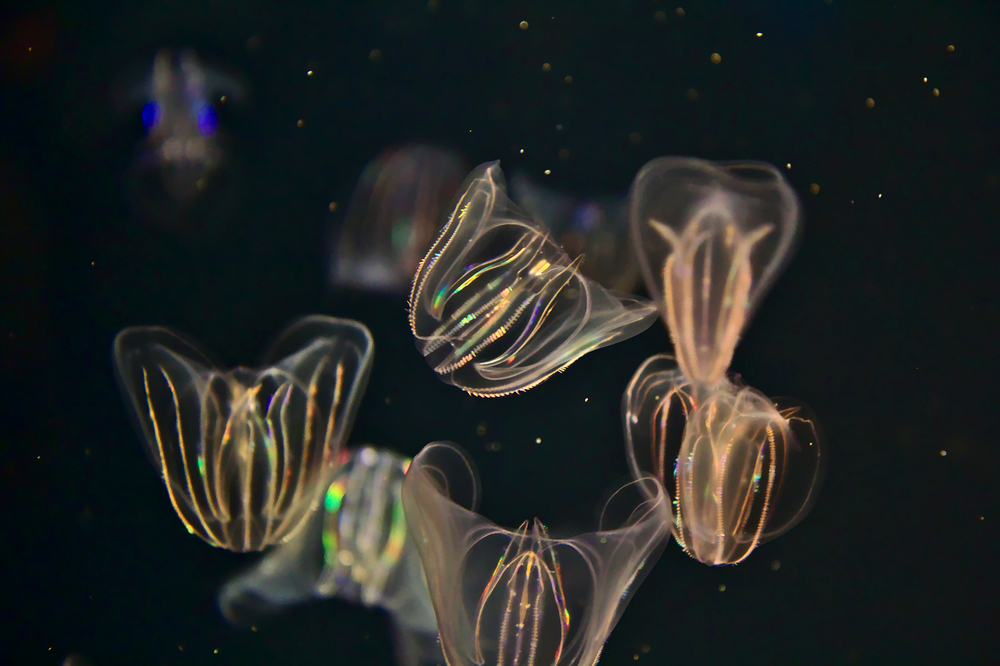
From fireflies to cats (seriously!), here are several real-world creatures that are capable of emitting light. The idea of a living organism that can glow in the dark may sound like a spooky science-fiction experiment, or maybe an alien civilization. But the glow-in-the-dark is not reserved just for human-made children’s toys!
There are few creatures with glowing properties living among us on Earth (though, of course, most of them are living deep in the ocean). Some bioluminescent animals get their light by producing an enzyme called luciferin that combines with other chemicals to create a glow.
The purpose differs on the species — some draw in prey, while others send signals to mates— but the scary effect is the same.
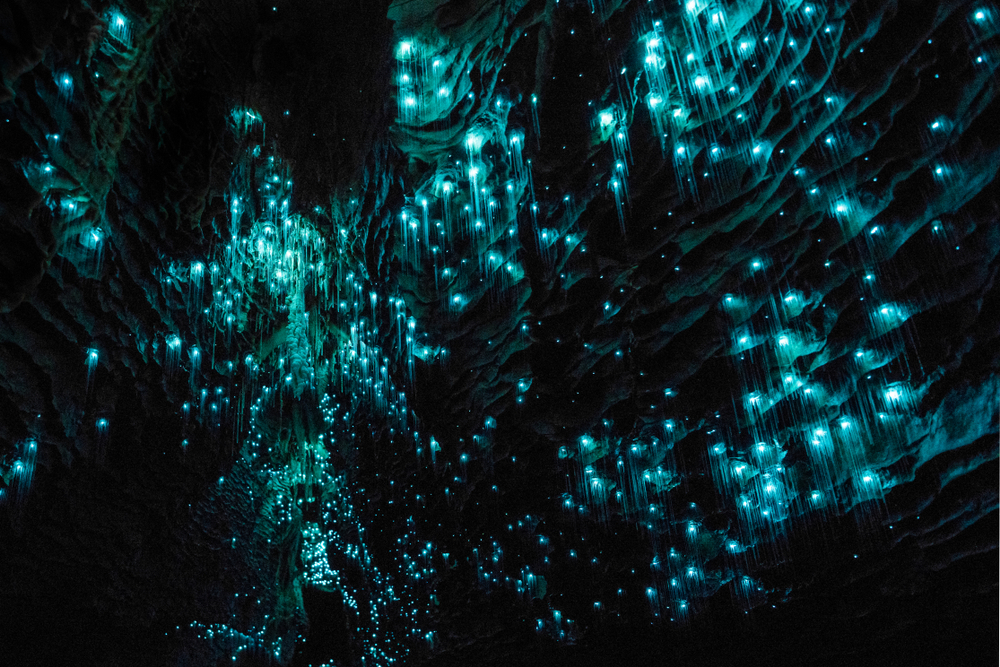
Glowworms
At night, head to Waitomo Caves in New Zealand, and you will stand under a spectacular canopy of glowing silk threads spun by glowworms. Threads are built to be as enchanting as humans consider them— bioluminescence attracts mayflies that get caught on sticky threads, and then become a worm dinner (which are actually insect larvae).
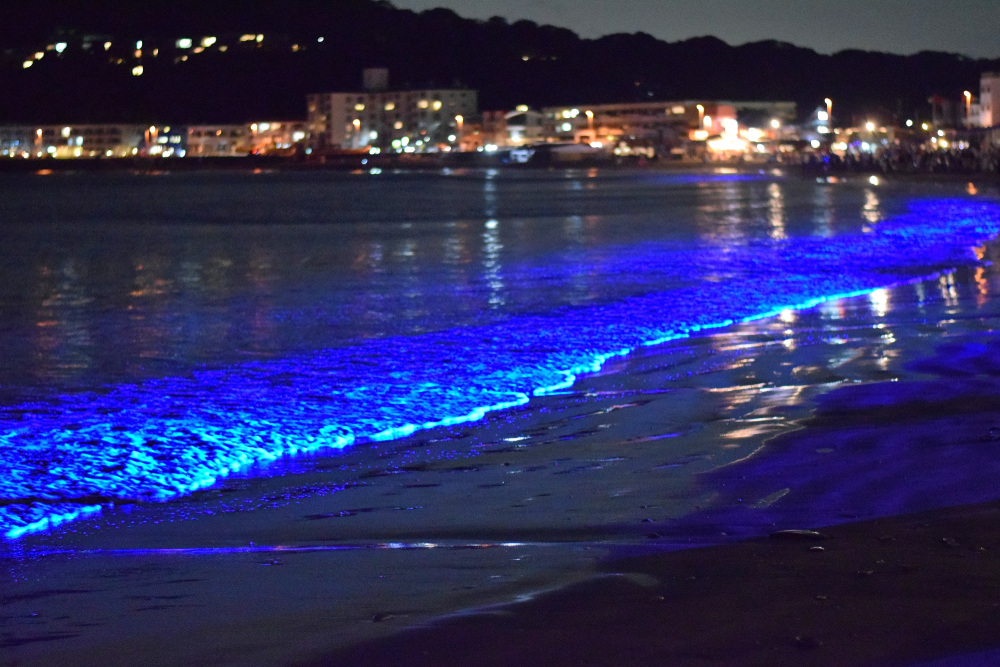
Dinoflagellates
Plankton is not always the most exciting fish, but some of the dinoflagellate species that light up are another story. They produce a ruddy “red tide” throughout the day, but at night the waves take on the shimmery glow of the single-celled creatures. Scientists think that the light-up ability helps to keep them secure. Either the predators will be frightened by the burst of light, or the other creatures that eat the predators will be attracted to the glow, and in turn will hunt down the foes of the plankton.
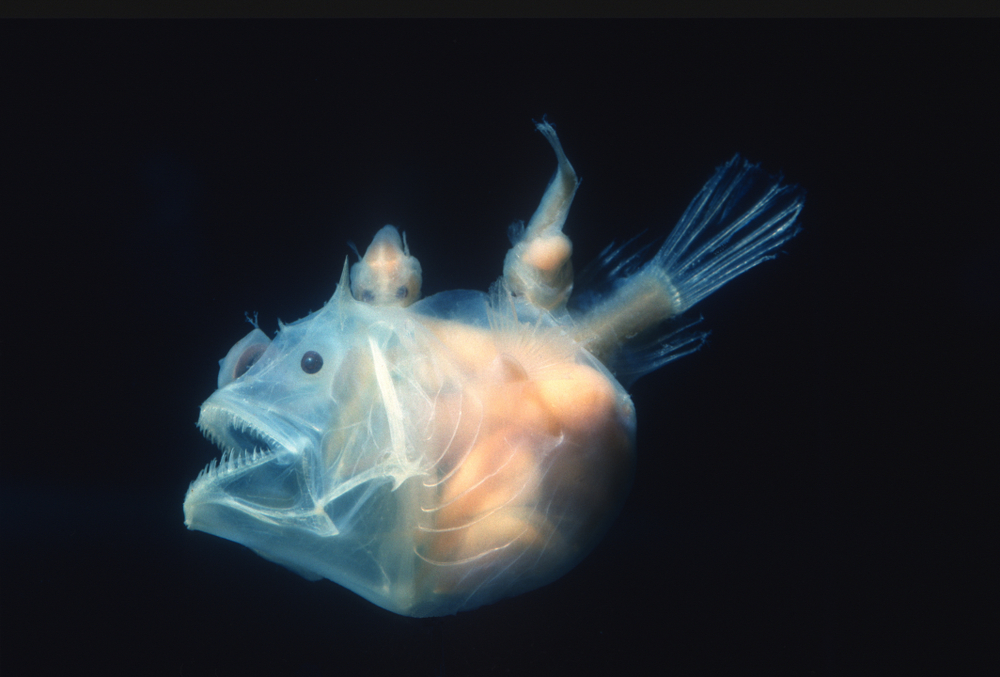
Anglerfish
Remember that low-key, disturbing scene in Finding Nemo, where the monstrous fish lures Marlin and Dory with a light-up orb? They don’t exactly say the creature’s species name in the movie, but it’s supposed to be an anglerfish. Freakiest of all, that’s how they lure their prey.
Only females have a lure that glows with luminescent bacteria to attract predators within the gobbling range. But it’s not the light itself that attracts the prey as it does in Nemo; it’s the similarity of the lure to the worm, making the prey think they’re going to get food instead of becoming food.
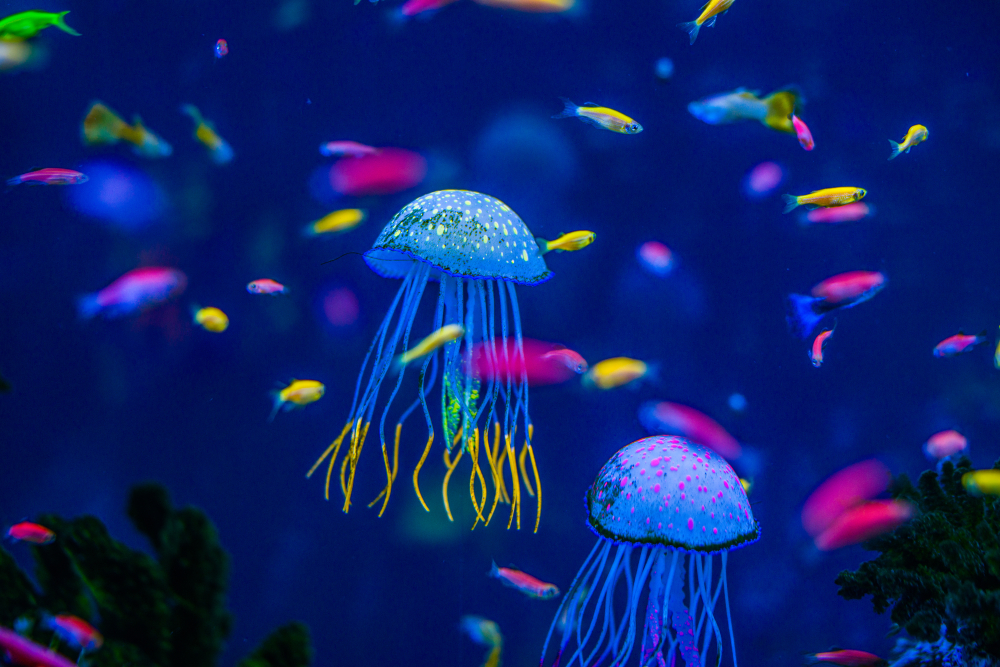
Jellyfish
Jellyfish’s spindly tendrils and translucent bodies look even more enigmatic to the species that glow in the dark. Deep underwater, most jellyfish generate their own light, possibly to intimidate or confuse their predators. Some even leave their predators with a glowing slime so that their enemies can’t hide.

Comb jellies
Their names sound very similar, but comb jellies and jellyfish are not, in fact, close relatives. Instead of tentacles, comb jellies use their combs as oars to allow them to make their way through the water. Additionally, they don’t create their own light, but when their moving combs disperse the light, they generate an underwater rainbow show.

Cats
Cats do not naturally glow in the dark, but they can do so with the support of science. In 2011, researchers used cats to study HIV / AIDS but wanted to find a way to check whether the animals would embrace new genes. Their solution: transfer jellyfish genes to the cat embryos. When the kittens were glowing, the scientists realized the experiment was successful. And you thought that the Cheshire Cat was scary.
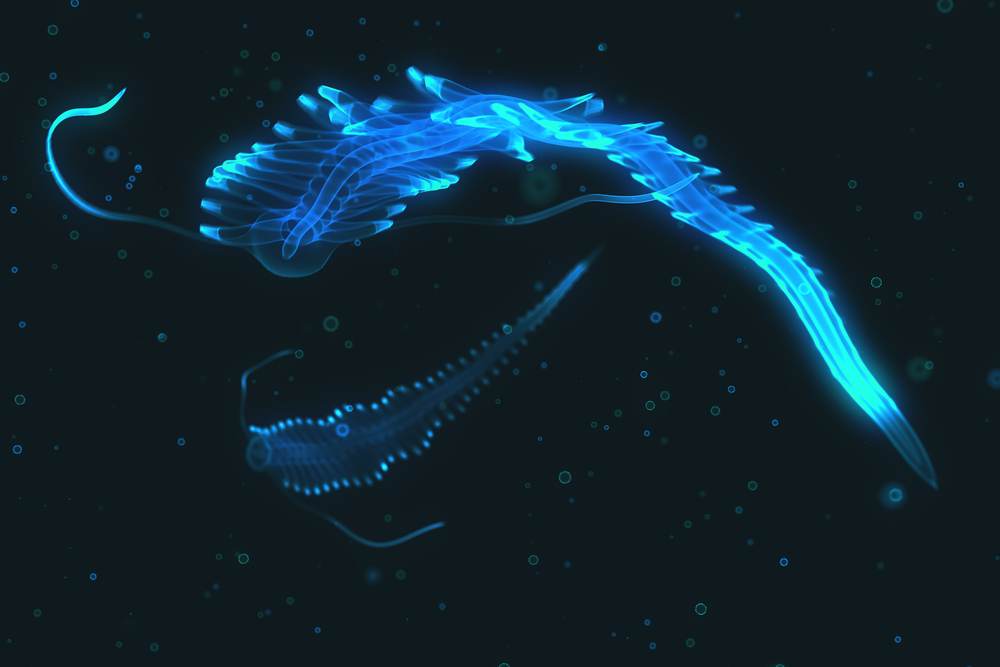
Tomopteris
Many undersea worms give off light, which is not uncommon in the depths of the ocean. What distinguishes tomopteris is the fact that certain organisms give off yellow light while other bioluminescent creatures emit blue light.
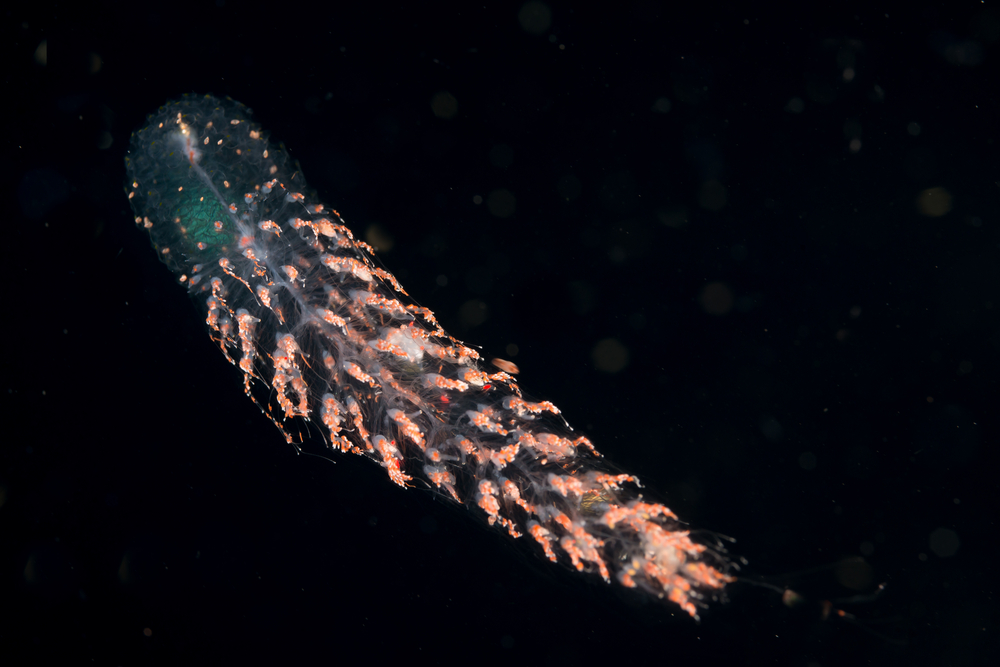
Siphonophores
What you see looks like a single creature, but it’s a series of thousands of cloned individuals. The Siphonosphore gives each clone its own specialization, such as hunting or digesting, making it one of the toughest creatures in the world, and it can grow more than 100 feet long.
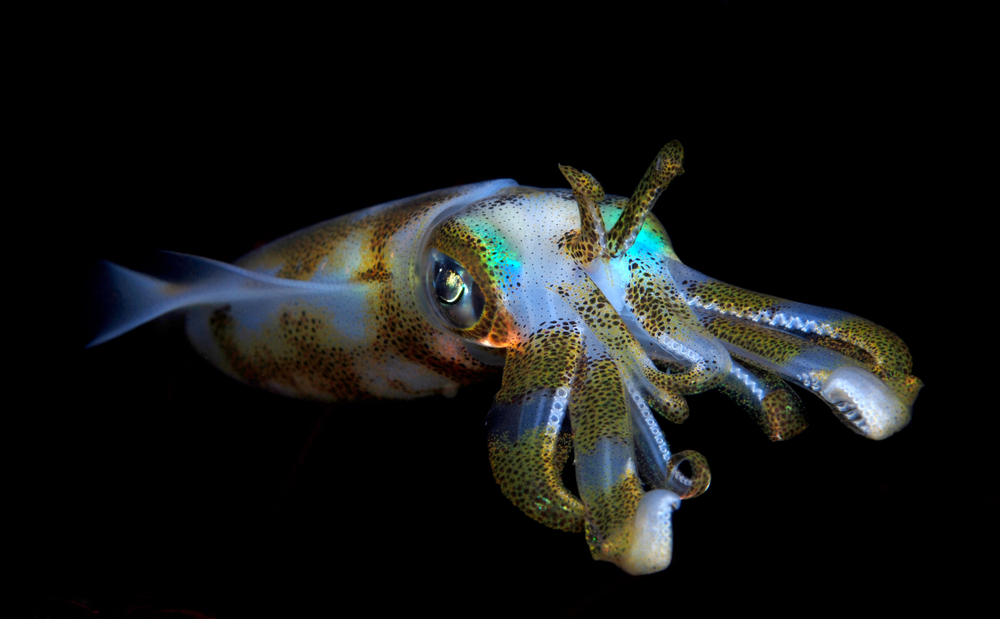
Bigfin reef squid
The color-changing bigfin reef squid can’t actually make its own light, but it does give off a surreal glow in the water. When the light reaches them, they turn red and green. Some squids use their light-up abilities as a counter-illumination— instead of using light to attract attention to themselves, they use their bright bellies to blend in. When other marine creatures look up to the surface, the squids mix in with the lighter water above.
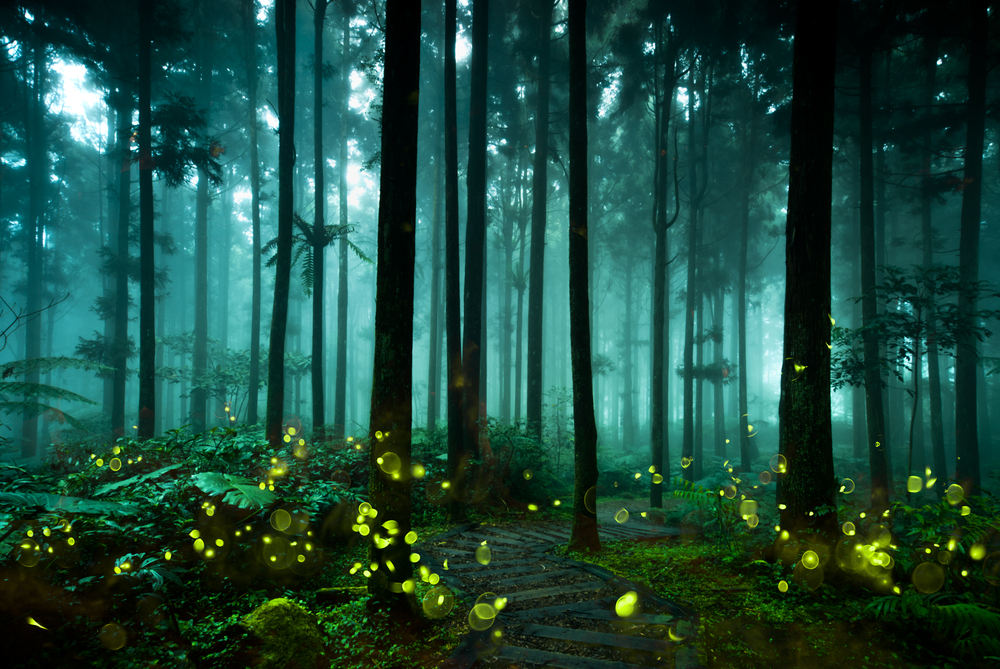
Fireflies
The Firefly season is one of the most magical periods of the summer months. When oxygen combines with different chemicals in lightning bugs, their organs shine like a light bulb. Scientists believe that brightness helps to ward off predators and send signals to potential mates and other fireflies.
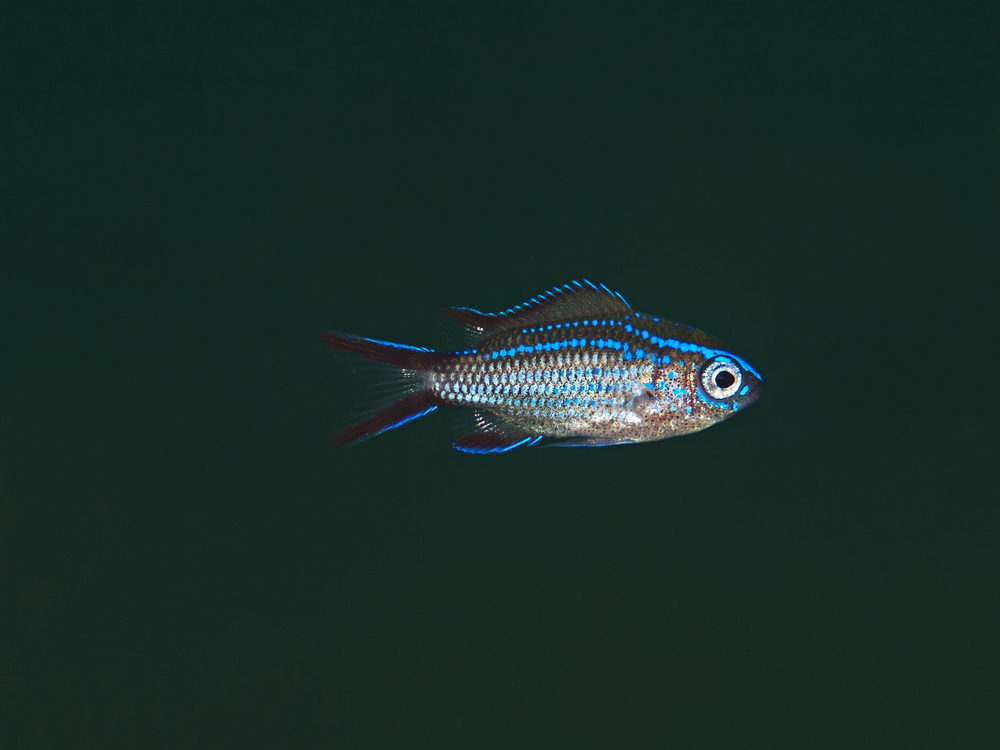
Flashlight fish
The luminescence of these species has given them a nickname! (To be honest, their actual scientific name, “anomalopidae,” is quite a mouthful.) They are also called “lanterney fish.” Native to Australia, flashlight fish have an organ under their eyes that contains light-up bacteria. It sounds disgusting, but it sure looks great!
They can withdraw or cover these organs with a flap of muscle to obscure the light. Scientists believe that they are using light both to attract predators and to interact with other flashlight fish.

Hawksbill sea turtle
A glowing turtle?! Yes, you better believe it. Its glow is not typically visible to the human eye, but the process is stunning. In 2015, a group of investigators found a Hawksbill turtle whose brightly patterned shell appeared to glow red and green. They found that it was reflecting the blue light that the researchers were using, but they weren’t exactly sure how they were using it.
They speculated that algae on the back of the turtle may have caused the effect, but scientists are still not sure exactly what causes it. Unfortunately, these turtles are endangered, partially because they are targeted by humans for their shells.
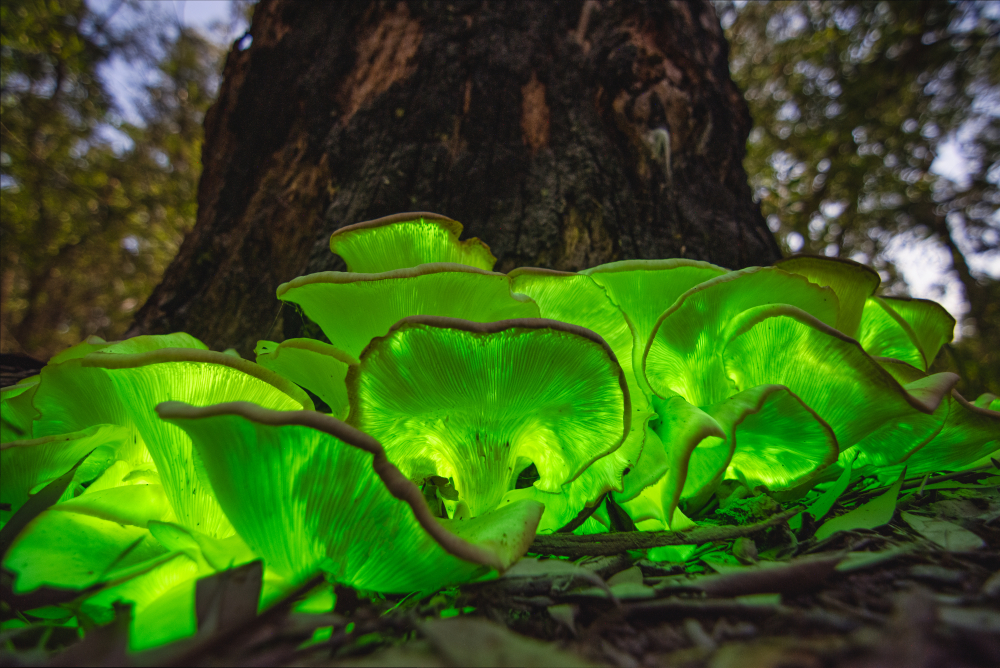
Ghost mushrooms
Animals are not the only glow-in-the-dark organisms. Mushrooms like this create an eerie sight in the woods of Australia. More than 90 species of fungi give off a glow, but ghost mushrooms are among the most surreal, with a soft green light bright enough to function as a reading lamp.











































